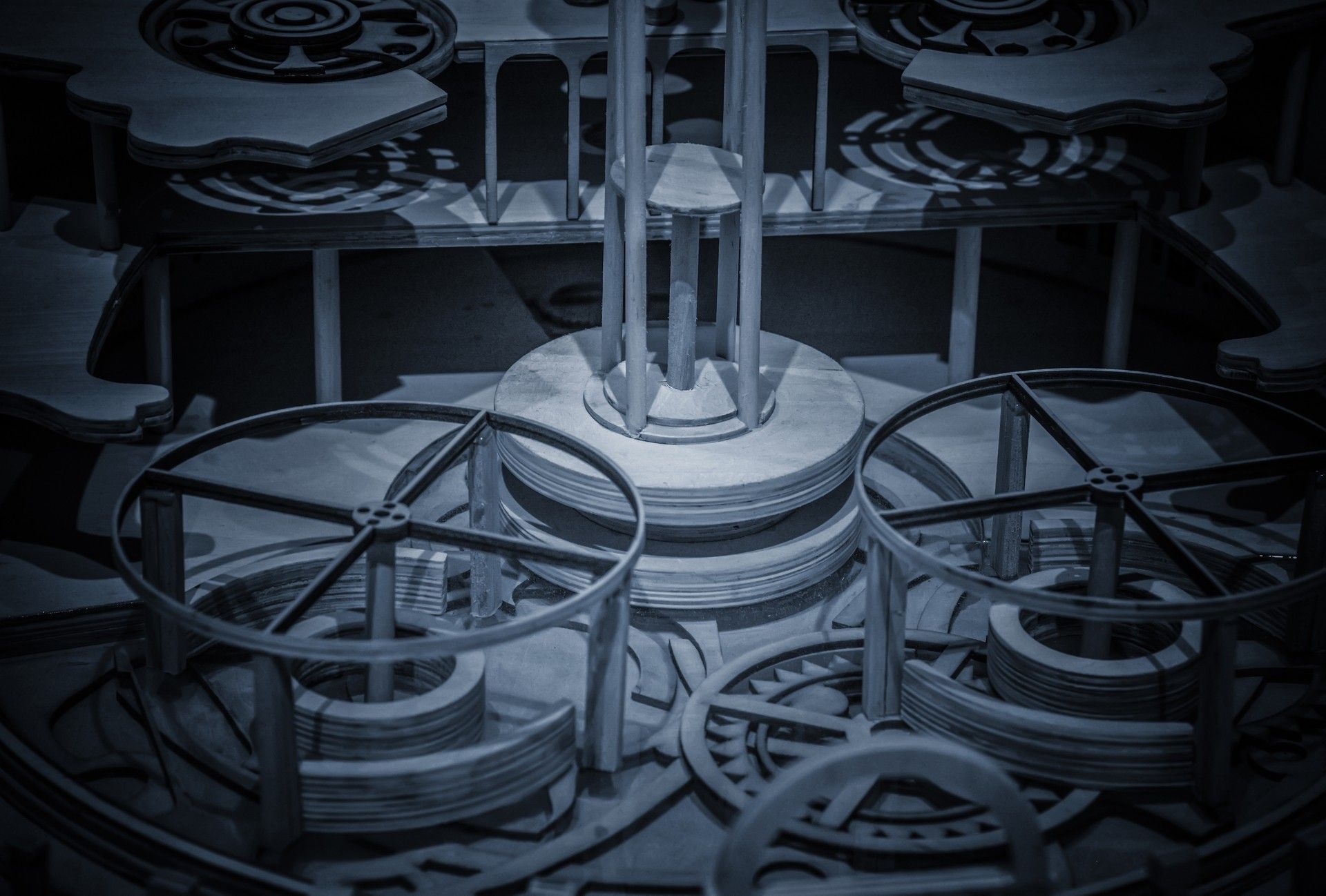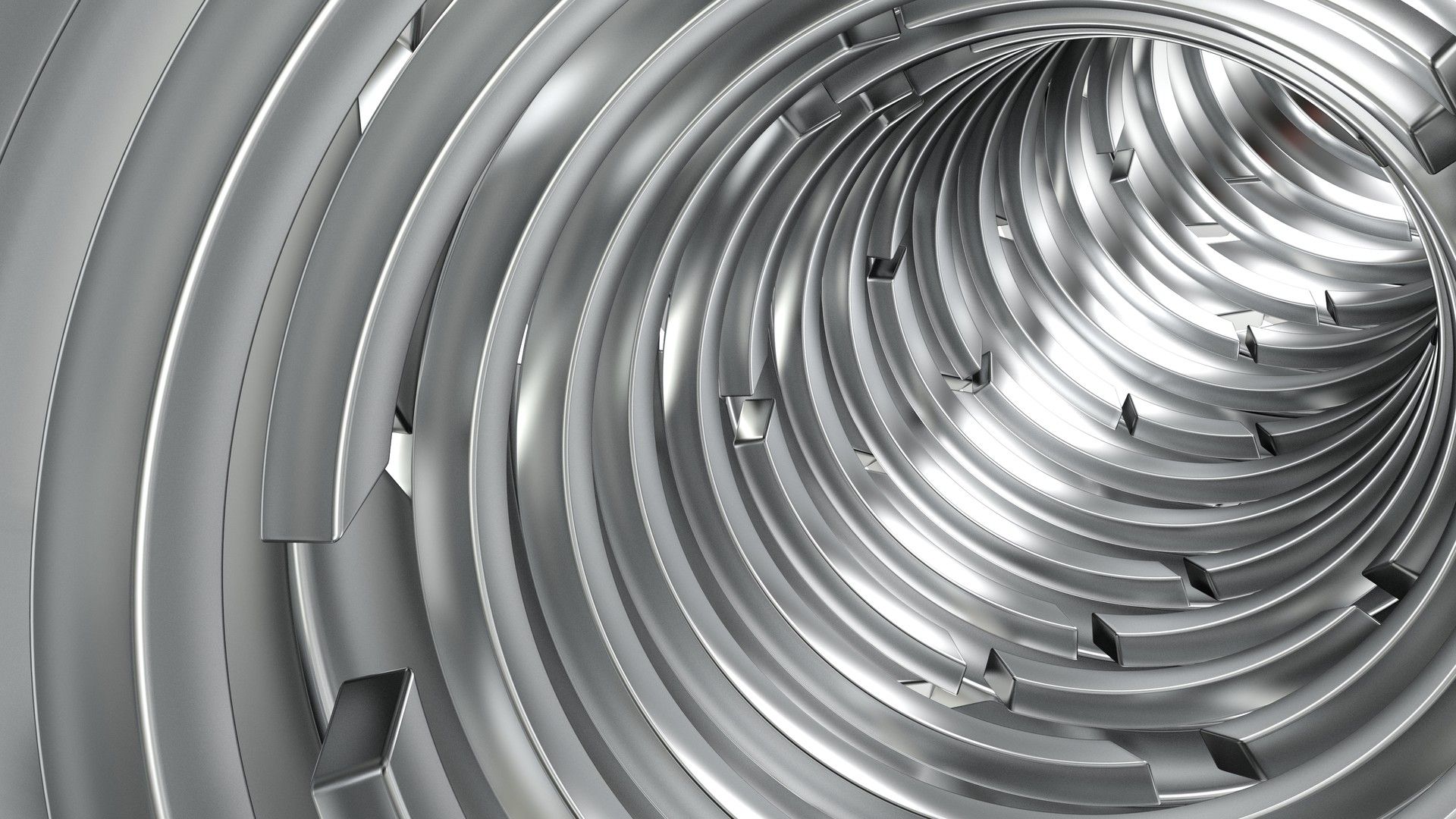Diffusion models owe their inspiration to the natural phenomenon of diffusion, where particles disperse from concentrated areas to less concentrated ones. In the context of artificial intelligence, diffusion models leverage this idea to generate new data samples that resemble existing data. By iteratively applying a noise schedule to a fixed initial condition, diffusion models can generate diverse outputs that capture the underlying distribution of the training data.
The power of diffusion models lies in their ability to harness the natural process of diffusion to revolutionize various aspects of artificial intelligence. In image generation, diffusion models can produce high-quality images that are virtually indistinguishable from real-world examples. In text generation, diffusion models can create coherent and contextually relevant text that is often used in applications such as chatbots and language translation.
Diffusion models have other advantages that make them an attractive choice for many applications. For example, they are relatively easy to train and require minimal computational resources compared to other types of deep learning models. Moreover, diffusion models are highly flexible and can be easily adapted to different problem domains by modifying the architecture or the loss function. As a result, diffusion models have become a popular tool in many fields of artificial intelligence, including computer vision, natural language processing, and audio synthesis.

What are diffusion models?
Diffusion models take their inspiration from the concept of diffusion itself. Diffusion is a natural phenomenon in physics and chemistry, where particles or substances spread out from areas of high concentration to areas of low concentration over time. In the context of machine learning and artificial intelligence, diffusion models draw upon this concept to model and generate data, such as images and text.
These models simulate the gradual spread of information or features across data points, effectively blending and transforming them in a way that produces new, coherent samples. This inspiration from diffusion allows diffusion models to generate high-quality data samples with applications in image generation, text generation, and more.
The concept of diffusion and its application in machine learning has gained popularity due to its ability to generate realistic and diverse data samples, making them valuable tools in various AI applications.
There are four different types of diffusion models:
- Generative adversarial networks (GANs)
- Variational autoencoders (VAEs)
- Normalizing flows
- Autoregressive models
Generative adversarial networks
GANs consist of two neural networks: a generator network that generates new data samples, and a discriminator network that evaluates the generated samples and tells the generator whether they are realistic or not.
The generator and discriminator are trained simultaneously, with the goal of improving the generator’s ability to produce realistic samples while the discriminator becomes better at distinguishing between real and fake samples.
Variational autoencoders (VAEs)
VAEs are a type of generative model that uses a probabilistic approach to learn a compressed representation of the input data. They consist of an encoder network that maps the input data to a latent space, and a decoder network that maps the latent space back to the input space.
During training, the VAE learns to reconstruct the input data and generate new samples by sampling from the latent space.
Normalizing flows
Normalizing flows are a type of generative model that transforms the input data into a simple probability distribution, such as a Gaussian distribution, using a series of invertible transformations. The transformed data is then sampled to generate new data.
Normalizing flows have been used for image generation, music synthesis, and density estimation.
Autoregressive models
Autoregressive models generate new data by predicting the next value in a sequence, given the previous values. These models are typically used for time-series data, such as stock prices, weather forecasts, and language generation.
How do diffusion models work?
Diffusion models are based on the idea of iteratively refining a random noise vector until it matches the distribution of the training data. The diffusion process involves a series of transformations that progressively modify the noise vector, such that the final output is a realistic sample from the target distribution.
The basic architecture of a diffusion model consists of a sequence of layers, each of which applies a nonlinear transformation to the input noise vector. Each layer has a set of learnable parameters that determine the nature of the transformation applied.
The symbiotic dance of technology and art
The output of each layer is passed through a nonlinear activation function, such as sigmoid or tanh, to introduce non-linearity in the model. The number of layers in the model determines the complexity of the generated samples, with more layers resulting in more detailed and realistic outputs.
To train a diffusion model, we first need to define a loss function that measures the dissimilarity between the generated samples and the target data distribution. Common choices for the loss function include mean squared error (MSE), binary cross-entropy, and log-likelihood. Next, we optimize the model parameters by minimizing the loss function using an optimization algorithm, such as stochastic gradient descent (SGD) or Adam. During training, the model generates samples by iteratively applying the diffusion process to a random noise vector, and the loss function calculates the difference between the generated sample and the target data distribution.
What are the advantages of using diffusion models in machine learning?
One advantage of diffusion models is their ability to generate diverse and coherent samples. Unlike other generative models, such as Generative Adversarial Networks (GANs), diffusion models do not suffer from mode collapse, where the generator produces limited variations of the same output. Additionally, diffusion models can be trained on complex distributions, such as multimodal or non-Gaussian distributions, which are challenging to model using traditional machine learning techniques.
Diffusion models have numerous applications in computer vision, natural language processing, and audio synthesis. For example, they can be used to generate realistic images of objects, faces, and scenes, or to create new sentences and paragraphs that are similar in style and structure to a given text corpus. In audio synthesis, diffusion models can be employed to generate realistic sounds, such as speech, music, and environmental noises.
Don’t miss out on these
There have been many advancements in diffusion models in recent years, and several popular diffusion models have gained attention in 2023. One of the most notable ones is Denoising Diffusion Models (DDM), which has gained significant attention due to its ability to generate high-quality images with fewer parameters compared to other models. DDM uses a denoising process to remove noise from the input image, resulting in a more accurate and detailed output.
Another notable diffusion model is Diffusion-based Generative Adversarial Networks (DGAN). This model combines the strengths of diffusion models and Generative Adversarial Networks (GANs). DGAN uses a diffusion process to generate new samples, which are then used to train a GAN. This approach allows for more diverse and coherent samples compared to traditional GANs.
Probabilistic Diffusion-based Generative Models (PDGM) is another type of generative model that combines the strengths of diffusion models and Gaussian processes. PDGM uses a probabilistic diffusion process to generate new samples, which are then used to estimate the underlying distribution of the data. This approach allows for more flexible modeling of complex distributions.
Non-local Diffusion Models (NLDM) incorporate non-local information into the generation process. NLDM uses a non-local similarity measure to capture long-range dependencies in the data, resulting in more realistic and detailed outputs.
Hierarchical Diffusion Models (HDM) incorporate hierarchical structures into the generation process. HDM uses a hierarchy of diffusion processes to generate new samples at multiple scales, resulting in more detailed and coherent outputs.

Diffusion-based Variational Autoencoders (DVAE) are a type of variational autoencoder that uses a diffusion process to model the latent space of the data. DVAE learns a probabilistic representation of the data, which can be used for tasks such as image generation, data imputation, and semi-supervised learning.
Two other notable diffusion models are Diffusion-based Text Generation (DTG) and Diffusion-based Image Synthesis (DIS).
DTG uses a diffusion process to generate new sentences or paragraphs, modeling the probability distribution over the words in a sentence and allowing for the generation of coherent and diverse texts.
DIS uses a diffusion process to generate new images, modeling the probability distribution over the pixels in an image and allowing for the generation of realistic and diverse images.
How to use diffusion models
Diffusion models are a powerful tool in artificial intelligence that can be used for various applications such as image and text generation. To utilize these models effectively, you may follow this workflow:
Data preparation
Gather and preprocess your dataset to ensure it aligns with the problem you want to solve.
This step is crucial because the quality and relevance of your training data will directly impact the performance of your diffusion model.
Keep in mind when preparing your dataset:
- Ensure your dataset is relevant to the problem you’re trying to solve. For example, if you’re generating images of dogs, make sure your dataset includes a variety of dog breeds, poses, and backgrounds
- Check for missing values or outliers in your dataset and handle them appropriately. This can include removing any rows or columns with missing values or imputing them with a suitable value
- Normalize your dataset to ensure all features are on the same scale. This can help improve the convergence of your model during training
- Split your dataset into training, validation, and test sets to evaluate the performance of your model during training
Model selection
Choose an appropriate diffusion model architecture based on your problem.
There are several types of diffusion models available, including VAEs (Variational Autoencoders), Denoising Diffusion Models, and Energy-Based Models. Each type has its strengths and weaknesses, so it’s essential to choose the one that best fits your specific use case.
Here are some factors to consider when selecting a diffusion model architecture:
- If you’re dealing with a relatively simple problem, a simpler diffusion model like a VAE may be sufficient. However, if you’re tackling a more complex problem, you may need a more sophisticated model like a denoising diffusion model
- If you have a small dataset, a smaller model may be more appropriate to avoid overfitting. Conversely, if you have a large dataset, you may want to consider a larger model to capture more subtle patterns
- Depending on what you want to generate, you may need to select a different diffusion model architecture. For example, if you want to generate images, you may prefer a diffusion model that specializes in image generation

Training
Train the diffusion model on your dataset by optimizing model parameters to capture the underlying data distribution.
Training a diffusion model involves iteratively updating the model parameters to minimize the difference between the generated samples and the real data.
Keep in mind that:
- The choice of loss function will depend on your specific application and the type of diffusion model you’re using. Common choices include mean squared error (MSE) or cross-entropy loss.
- Select suitable hyperparameters: Hyperparameter tuning is crucial for achieving good performance with diffusion models. You’ll need to experiment with different combinations of learning rate, batch size, and other parameters to find the best balance between accuracy and computational cost
- Use techniques like gradient clipping or weight normalization to prevent exploding gradients and improve stability during training
Generation
Once your model is trained, use it to generate new data samples that resemble your training data.
The generation process typically involves iteratively applying the diffusion process to a noise tensor.
Remember when generating new samples:
- The initial noise tensor determines the starting point for your generative process. You may need to experiment with different initial conditions to achieve the desired results
- The number of iterations you perform can affect the quality and diversity of the generated samples. Increasing the number of iterations can lead to more diverse samples but also increases the risk of overfitting
- The temperature parameter controls the “coolness” of the noise schedule, which affects the diversity of the generated samples. A higher temperature leads to more diverse samples, while a lower temperature leads to more coherent samples
Fine-tuning
Depending on your application, you may need to fine-tune the generated samples to meet specific criteria or constraints.
Fine-tuning involves adjusting the generated samples to better fit your desired output or constraints. This can include cropping, rotating, or applying further transformations to the generated images.
Don’t forget:
- Ensure the fine-tuned samples still capture the underlying distribution of the real data. Overly restrictive fine-tuning can lead to overfitting and reduced performance
- Balance the level of fine-tuning with the need for diversity in the generated samples. Overly fine-tuned samples may be less diverse, leading to a lack of creativity in the generated outputs
Evaluation
Evaluate the quality of generated samples using appropriate metrics. If necessary, fine-tune your model or training process.
Evaluating the quality of generated samples is crucial to ensure they meet your desired standards. Common evaluation metrics include peak signal-to-noise ratio (PSNR), structural similarity index (SSIM), and human perception scores.
Here are some factors to consider when evaluating your generated samples:
- Use multiple metrics to evaluate different aspects of your generated samples. For example, PSNR may be more relevant for image quality, while SSIM may be more relevant for assessing the structural accuracy of the generated samples
- Compare your generated samples to a ground truth dataset to determine how well they match the desired output

Deployment
Integrate your diffusion model into your application or pipeline for real-world use.
Once you’ve trained and evaluated your diffusion model, it’s time to deploy it in your preferred environment.
When deploying your diffusion model:
- Choose an appropriate deployment platform based on your specific needs. This could include cloud services like AWS or GCP, or local hardware like GPUs or TPUs
- Consider integrating your diffusion model with other models or techniques to create a more comprehensive solution. For example, you might combine your diffusion model with a traditional machine learning model to improve performance
- Ensure your deployed model is scalable and can handle variations in input data or workload
Diffusion models hold the key to unlocking a wealth of possibilities in the realm of artificial intelligence. These powerful tools go beyond mere functionality and represent the fusion of science and art, as data metamorphoses into novel, varied, and coherent forms. By harnessing the natural process of diffusion, these models empower us to create previously unimaginable outputs, limited only by our imagination and creativity.
Featured image credit: svstudioart/Freepik.





